

Articles
How To Turn On Gas Stove Top
Modified: May 6, 2024
Learn how to turn on your gas stove top safely and efficiently with these helpful articles. Get step-by-step instructions and expert tips now!
(Many of the links in this article redirect to a specific reviewed product. Your purchase of these products through affiliate links helps to generate commission for Storables.com, at no extra cost. Learn more)
Introduction
A gas stove top is a common and essential appliance found in many households. It provides a convenient and efficient way to cook food using natural gas or propane. While gas stoves offer numerous benefits, they also come with certain risks and precautions that should be taken into account.
In this article, we will guide you through the steps of how to properly turn on a gas stove top. Additionally, we will highlight important safety measures that you should follow to ensure a safe and enjoyable cooking experience.
Before we dive into the steps, it’s crucial to emphasize the importance of familiarity with your specific gas stove top model. Manufacturers may have varying instructions and safety considerations, so be sure to consult the user manual that came with your stove top for any model-specific details.
Now, let’s delve into the precautions you should take before turning on your gas stove top.
Key Takeaways:
- Prioritize safety by checking for gas leaks, ensuring proper ventilation, and keeping flammable materials away before turning on your gas stove top. Safety first, always!
- Follow proper procedures for lighting, adjusting, and turning off your gas stove top to ensure a safe and efficient cooking experience. Enjoy cooking with confidence and peace of mind!
Read more: How To Turn On Empava Stove Top
Precautions before Turning On Gas Stove Top
Ensuring your safety and the safety of others should be the top priority when operating a gas stove top. Before you even think about turning on the stove, it’s important to follow these precautions:
- Check for gas leaks: Before using your gas stove top, it’s crucial to check for any potential gas leaks. Gas leaks can be extremely dangerous and should never be ignored. You can perform a simple test by using a mixture of soap and water. Apply the soapy solution to the gas valve connections and observe if any bubbles form. If bubbles appear, it indicates a gas leak, and you should immediately shut off the gas supply and seek professional assistance.
- Ensure proper ventilation: Gas stoves produce carbon monoxide, a colorless and odorless gas that can be deadly in high concentrations. Therefore, it’s important to ensure proper ventilation in your kitchen. Open windows or turn on the exhaust fan to provide a constant flow of fresh air. This will help prevent the buildup of carbon monoxide and ensure a safe cooking environment.
- Keep flammable materials away: It’s essential to maintain a safe distance between the gas stove top and any flammable materials such as kitchen towels, curtains, or plastic utensils. These items can catch fire easily, so make sure to keep them a safe distance away from the stove top.
- Clear the cooking area: Before turning on the gas stove top, ensure that the cooking area is clear of any clutter. Remove any objects or containers that may obstruct the burner flames, as this can lead to uneven cooking or potential accidents.
- Keep children and pets away: When operating a gas stove top, it’s important to keep children and pets away from the cooking area. They can accidentally touch hot surfaces or cause spills that may lead to injuries. Establish a designated space for them to stay during cooking and always supervise them to prevent any accidents.
By following these precautions, you can minimize the risks associated with operating a gas stove top and ensure a safe cooking experience for yourself and those around you. Once you have taken these precautions into account, you can proceed to turn on the gas stove top.
Step 1: Ensuring Proper Ventilation
Proper ventilation is crucial when using a gas stove top to ensure the safe operation of the appliance. Here are the steps to ensure proper ventilation:
- Open windows: Start by opening windows in your kitchen to allow fresh air to circulate. This helps in reducing the concentration of carbon monoxide, a byproduct of burning gas, and prevents it from accumulating to dangerous levels.
- Turn on the exhaust fan: If your kitchen has an exhaust fan, turn it on before using the gas stove top. The exhaust fan helps to draw out any fumes or odors produced while cooking and improves air quality in the kitchen.
- Check the vents: Ensure that the vents above your stove top are not blocked or obstructed. These vents are designed to expel any fumes generated during cooking, so it’s important to keep them clear for optimal ventilation.
- Use a range hood: If your kitchen is equipped with a range hood, it can significantly enhance ventilation. Turn on the range hood to extract any smoke, steam, or odors produced while cooking, thereby maintaining a fresh and clean kitchen environment.
Proper ventilation not only ensures your safety but also enhances cooking efficiency by maintaining a comfortable environment in the kitchen. Remember to keep the area around the stove clear and free from any potential obstructions to allow for smooth airflow.
Once you have ensured proper ventilation, you can proceed to the next step, which involves checking the gas supply.
Step 2: Checking Gas Supply
Before you can turn on your gas stove top, it’s important to ensure that you have a steady and reliable gas supply. Follow these steps to check the gas supply:
- Inspect the gas line: Begin by visually inspecting the gas line that connects to your stove top. Make sure there are no visible signs of wear, damage, or leaks. If you notice any abnormalities, it’s crucial to contact a professional gas technician to address the issue before proceeding.
- Turn off gas appliances: Before checking the gas supply, ensure that all other gas appliances, such as water heaters or gas-powered dryers, are turned off. This will help you accurately assess the gas pressure specifically for your stove top.
- Locate the gas shut-off valve: Familiarize yourself with the location of the gas shut-off valve. It is typically located near the gas meter or where the gas line enters your house. In case of any emergency or gas leak, you need to know where the shut-off valve is to quickly turn off the gas supply.
- Check the gas shut-off valve: Once you locate the gas shut-off valve, verify that it is open. The valve should be parallel to the gas pipe when open and perpendicular when closed. If the valve is closed, slowly turn it parallel to the gas pipe to open the gas supply.
- Consult a professional if in doubt: If you have any doubts about the condition of your gas supply or if you suspect a gas leak, it’s important to contact a professional gas technician. They have the expertise and equipment to accurately assess and address any issues with your gas supply.
By performing these checks, you can ensure that you have a safe and uninterrupted gas supply before turning on your stove top. Once you have confirmed the gas supply, you are ready to proceed to the next step, which involves lighting the gas stove top.
Make sure the gas valve is turned on. Then, ignite the burner with a match or lighter while turning the knob to the “light” position. Once lit, adjust the flame to the desired level.
Step 3: Lighting the Gas Stove Top
Now that you have ensured proper ventilation and checked the gas supply, it’s time to learn how to safely light the gas stove top. Follow these steps:
- Locate the stove knobs: Identify the knobs on your gas stove top. Typically, there will be one knob per burner, and each knob controls the corresponding burner.
- Turn the knobs to the “Off” position: Before lighting the stove, make sure all the knobs are turned to the “Off” position. This ensures that there is no gas flow to the burners.
- Access the burner: Lift the burner grates or remove any covers to access the burners. It’s important to do this carefully and with caution, as the burners and surrounding areas may still be hot from previous use.
- Ignite the burner: Depending on your gas stove top model, you may have different ignition options. Some stoves have a built-in ignition system, while others require a lighter or match for manual ignition. Follow the instructions specific to your stove top to safely ignite the burner.
- Observe the flame: Once the burner is lit, observe the flame. It should be a steady blue flame with a distinct inner and outer cone. A blue flame indicates efficient combustion and minimal carbon monoxide production. If the flame is yellow or uneven, it may indicate an issue with the gas flow or burner cleanliness, and it’s advisable to seek professional assistance.
- Repeat for other burners: If you have multiple burners, repeat the process for each burner individually, making sure to turn the corresponding knob to the desired flame level.
It’s important to note that safety should always come first when dealing with gas appliances. If the burner does not ignite after following the proper lighting procedure or if you smell gas, immediately turn off the gas supply, ventilate the area, and seek professional assistance to address any potential issues.
Now that you have successfully lit your gas stove top and checked the flame, it’s time to move on to the next step, which involves adjusting the flame intensity.
Read more: How To Turn On Frigidaire Stove Top
Step 4: Adjusting the Flame Intensity
After lighting the gas stove top, it’s important to have control over the flame intensity to ensure optimal cooking results. Here’s how you can adjust the flame intensity:
- Locate the flame control knobs: Identify the knobs on your gas stove top that control the flame intensity. Depending on your stove top model, there may be individual knobs for each burner or a single knob that controls all burners collectively.
- Understand the knob settings: Familiarize yourself with the range of settings on the flame control knobs. Typically, the knob will have symbols or numbers indicating low to high flame intensity. Refer to the user manual or markings on the stove top to understand the specific settings for your appliance.
- Start at a low setting: When adjusting the flame intensity, it’s best to start at a low setting and gradually increase it as needed. This allows for better temperature control and minimizes the risk of accidentally burning food.
- Turn the knob to desired intensity: Adjust the flame control knob to the desired flame intensity. Turn it clockwise to increase the flame and counterclockwise to decrease the flame. Pay attention to the changes in flame height as you make adjustments.
- Observe the flame: As you adjust the flame intensity, observe the flame to ensure it remains stable and even. A well-adjusted flame should have a steady blue color with a defined inner and outer cone.
- Make adjustments as needed: Throughout the cooking process, you may need to make further adjustments to the flame intensity based on your recipe requirements. Monitor the heat distribution and adjust the flame accordingly to achieve the desired cooking results.
By having control over the flame intensity, you can cook your food to perfection and avoid any undercooking or overcooking scenarios. Remember, it’s important to exercise caution when handling the flame control knobs and never leave the stove unattended when in use.
Once you have adjusted the flame intensity to your desired level, it’s time to proceed to the final step, which involves turning off the gas stove top.
Step 5: Turning Off the Gas Stove Top
After you have finished cooking and no longer need to use the gas stove top, it’s important to properly turn it off to ensure safety and conserve energy. Follow these steps to turn off the gas stove top:
- Check the burners: Before turning off the stove, ensure that all burners are turned off. Look for the flame indicators on the knobs or visually inspect each burner to confirm they are no longer lit.
- Turn off the flame control knobs: Rotate all the flame control knobs to the “Off” position. This ensures that no gas is flowing to the burners and eliminates the risk of accidental ignition.
- Verify the flame extinction: After turning off the stove, take a moment to double-check the burners and ensure that the flames have completely extinguished.
- Close the gas shut-off valve: If you will not be using the gas stove top for an extended period, it’s advisable to turn off the gas supply at the shut-off valve. Locate the valve, which is typically located near the gas meter or where the gas line enters your house, and turn it perpendicular to the gas pipe to shut off the gas supply.
- Keep the area clean and clear: After turning off the gas stove top, take a moment to clean any spills or debris around the burners. Keeping the stove top clean not only helps with efficient operation but also reduces the risk of accidental fires.
Following these steps ensures that your gas stove top is safely turned off, minimizing the risk of gas leaks or accidental fires. It’s important to develop a habit of regularly checking that all burners are turned off and the gas supply is shut off when the stove is not in use.
By practicing these safety measures, you can enjoy the convenience and benefits of a gas stove top while maintaining a secure cooking environment in your kitchen.
With the final step completed, you can now confidently turn off your gas stove top and conclude your cooking session.
Conclusion
Operating a gas stove top requires careful attention to safety and proper procedures. By following the steps outlined in this article, you can ensure a safe and efficient cooking experience. Remember to always prioritize your safety and the safety of those around you when using a gas stove top.
We started by discussing the precautions that should be taken before turning on the gas stove top, such as checking for gas leaks, ensuring proper ventilation, keeping flammable materials away, and keeping children and pets at a safe distance.
We then moved on to the steps of turning on the gas stove top, which involved ensuring proper ventilation, checking the gas supply, lighting the burner, and adjusting the flame intensity. Each step was accompanied by specific instructions to follow for a seamless and safe cooking process.
Lastly, we explained the process of turning off the gas stove top, emphasizing the importance of checking and extinguishing the burners, turning off the flame control knobs, closing the gas shut-off valve when not in use, and maintaining a clean cooking area.
By adhering to these guidelines and taking the necessary precautions, you can confidently and safely operate your gas stove top. Regularly inspect and maintain your stove top to ensure its optimal performance and longevity.
Remember, if you encounter any issues with your gas stove top, such as gas leaks or malfunctioning burners, it’s important to seek professional assistance to address the problem promptly.
We hope that this article has provided you with valuable information on how to turn on and off a gas stove top. By following these steps, you can enjoy the convenience and benefits of this essential kitchen appliance while maintaining a safe cooking environment.
Happy cooking and stay safe!
Now that you've mastered turning on your gas stove top, why not delve deeper into its functionalities? Our next article offers practical advice on gas stove usage, ensuring you can cook like a pro. From simmering sauces to searing steaks, understanding burner management will transform your kitchen experiences. Don't miss out on these indispensable cooking insights!
Frequently Asked Questions about How To Turn On Gas Stove Top
Was this page helpful?
At Storables.com, we guarantee accurate and reliable information. Our content, validated by Expert Board Contributors, is crafted following stringent Editorial Policies. We're committed to providing you with well-researched, expert-backed insights for all your informational needs.
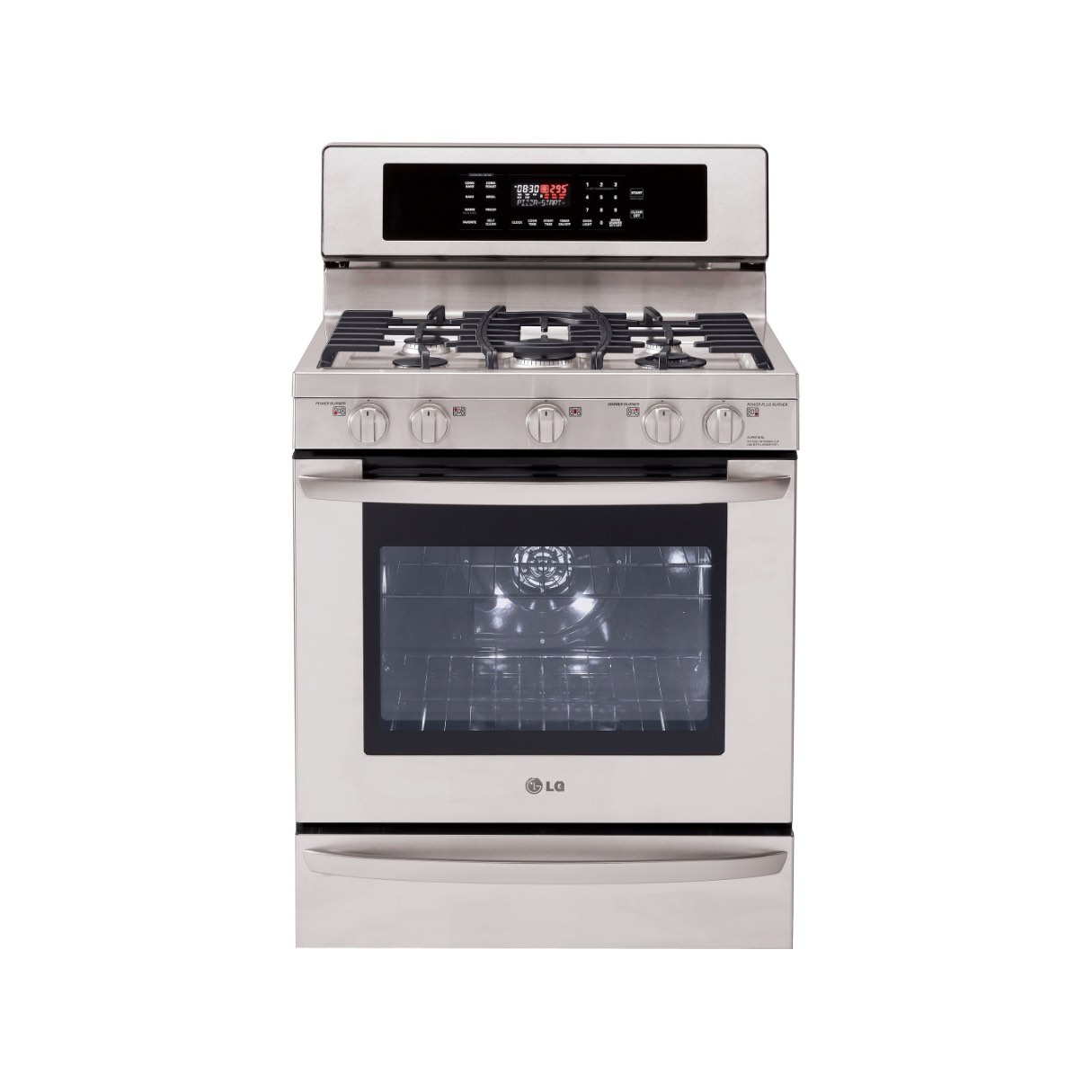

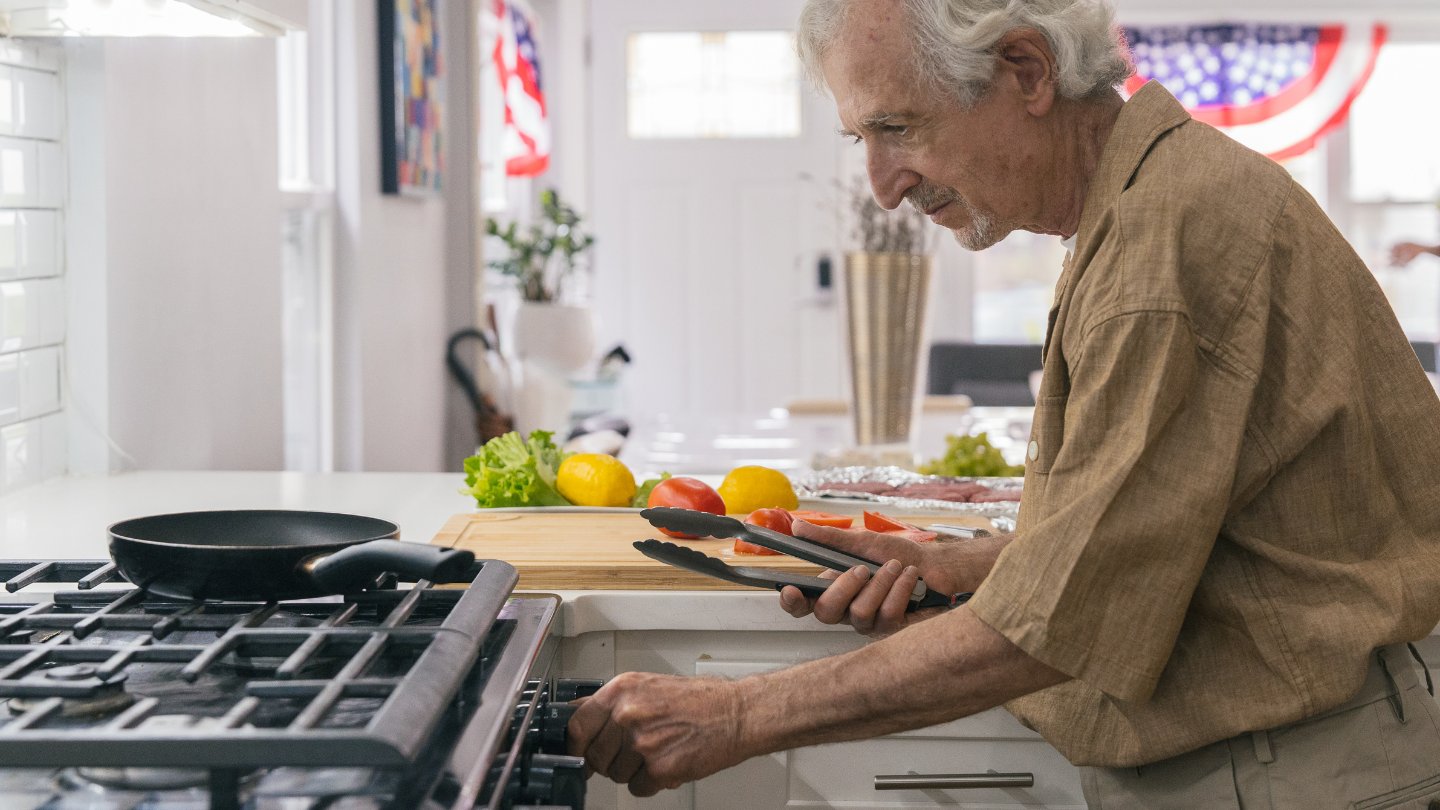
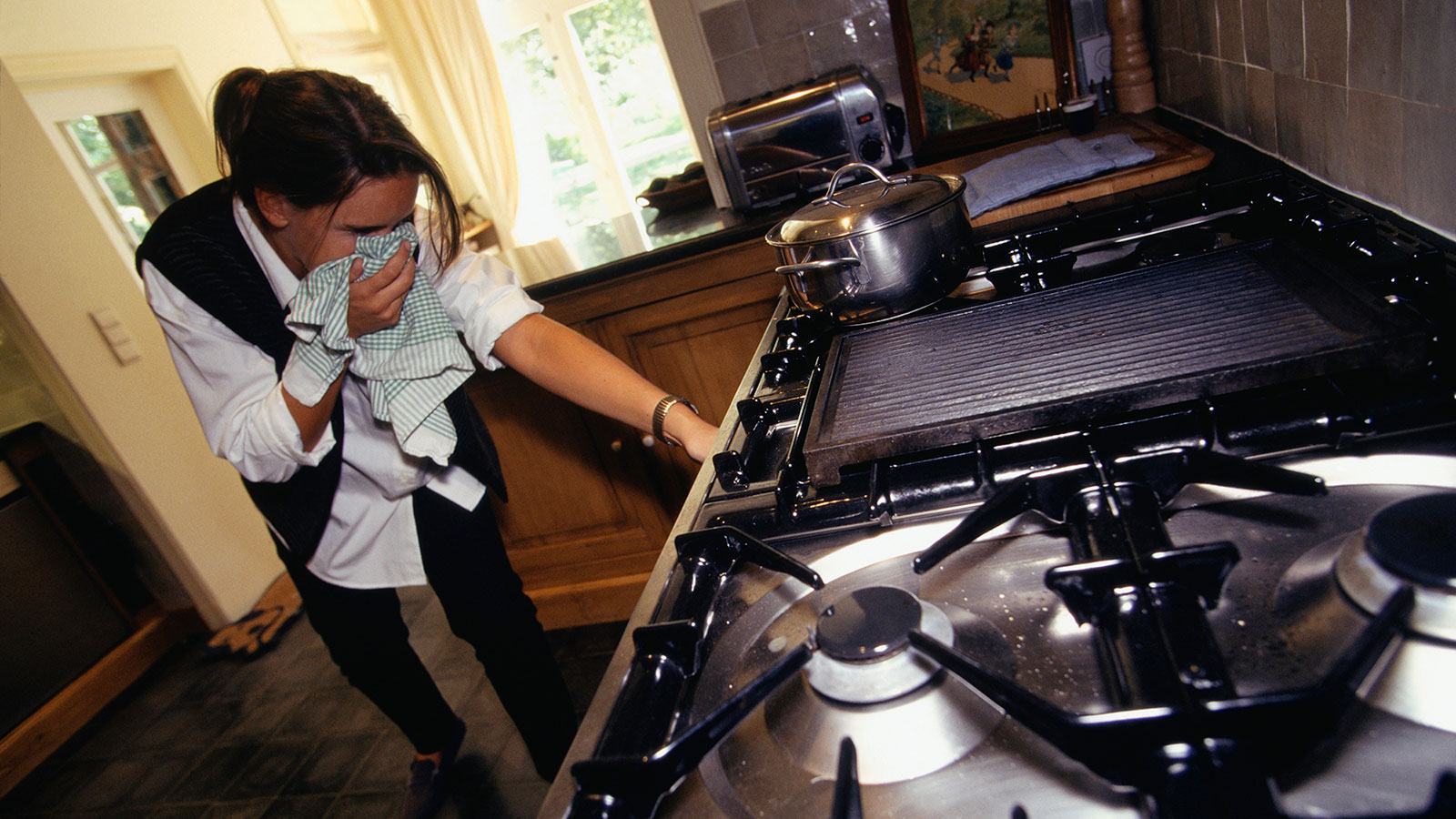
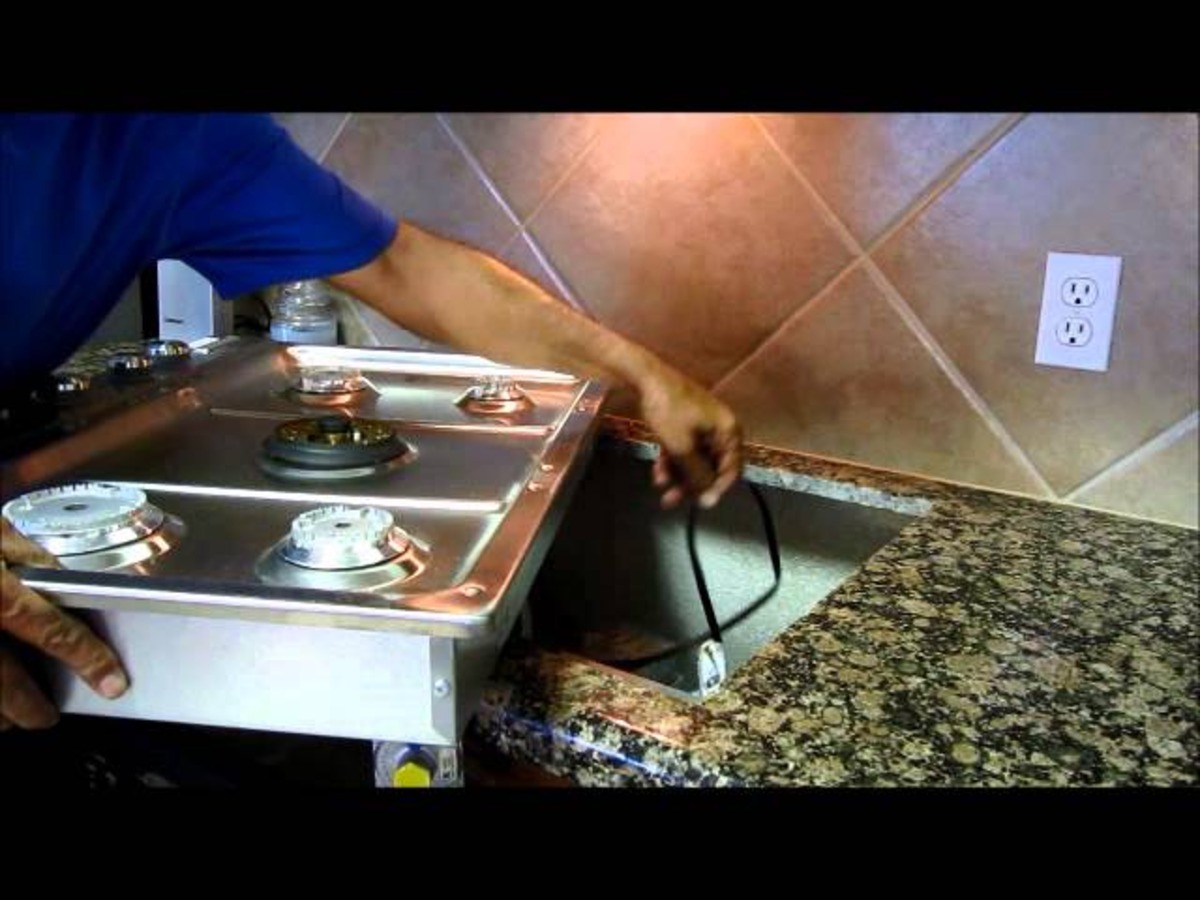
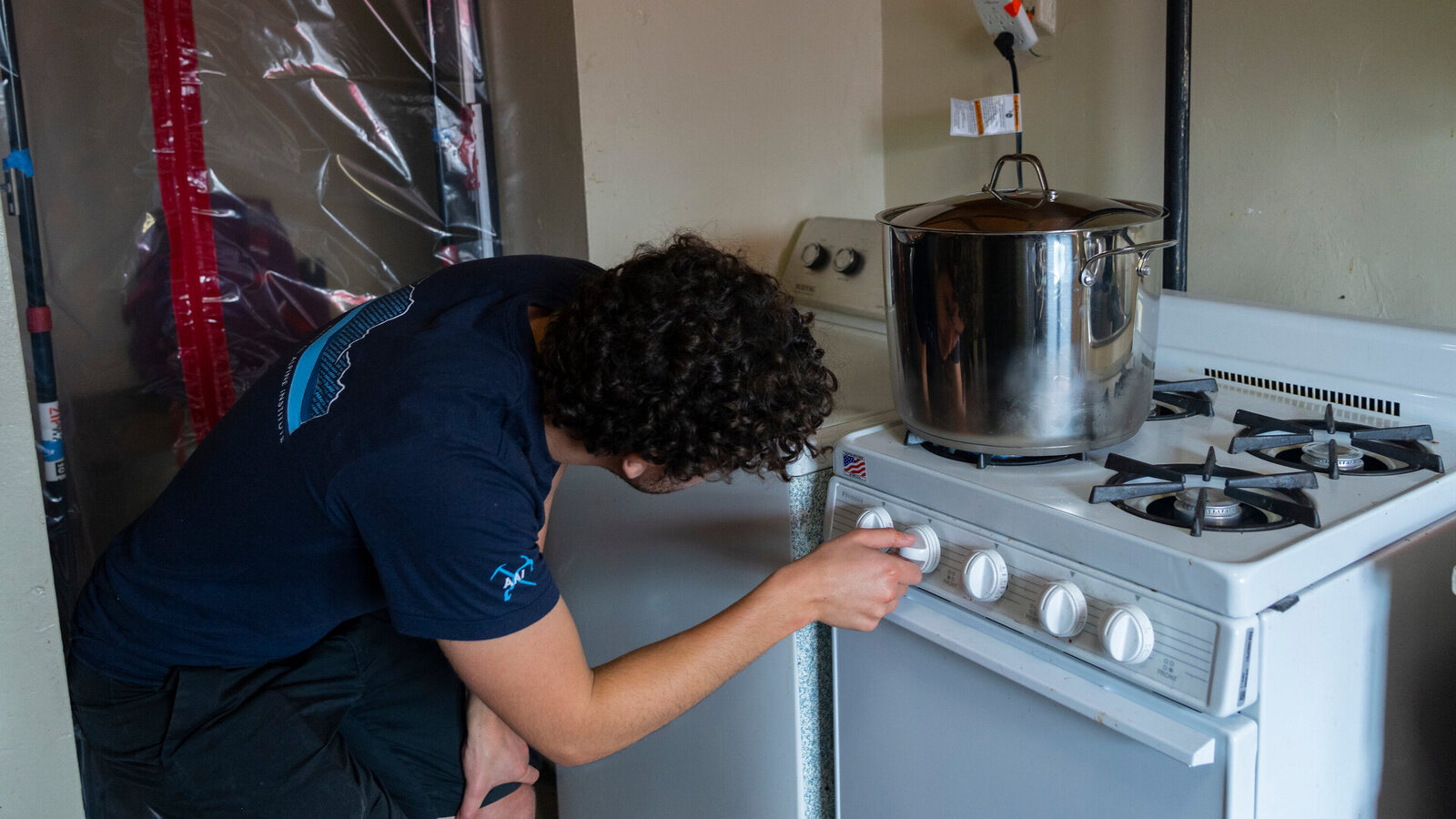
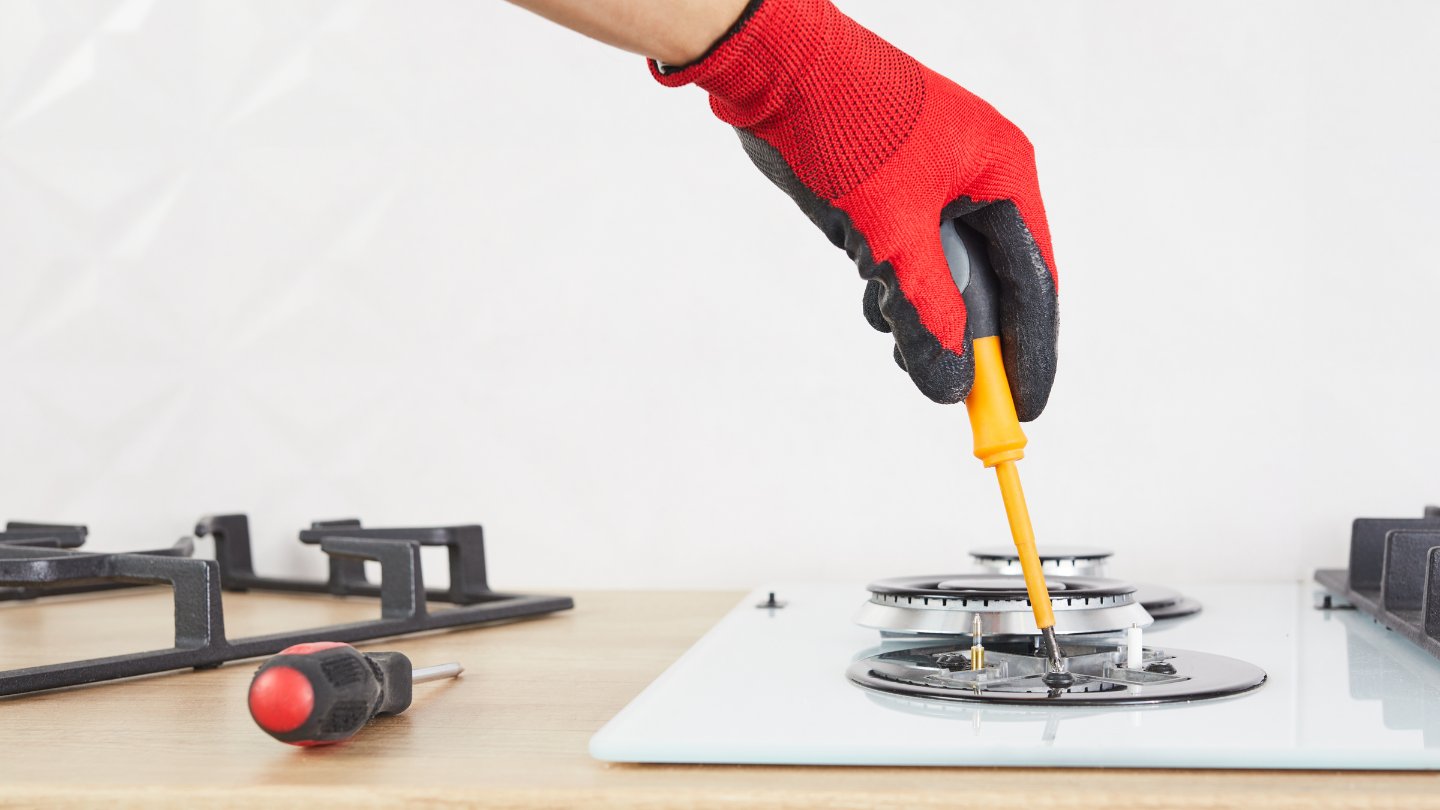
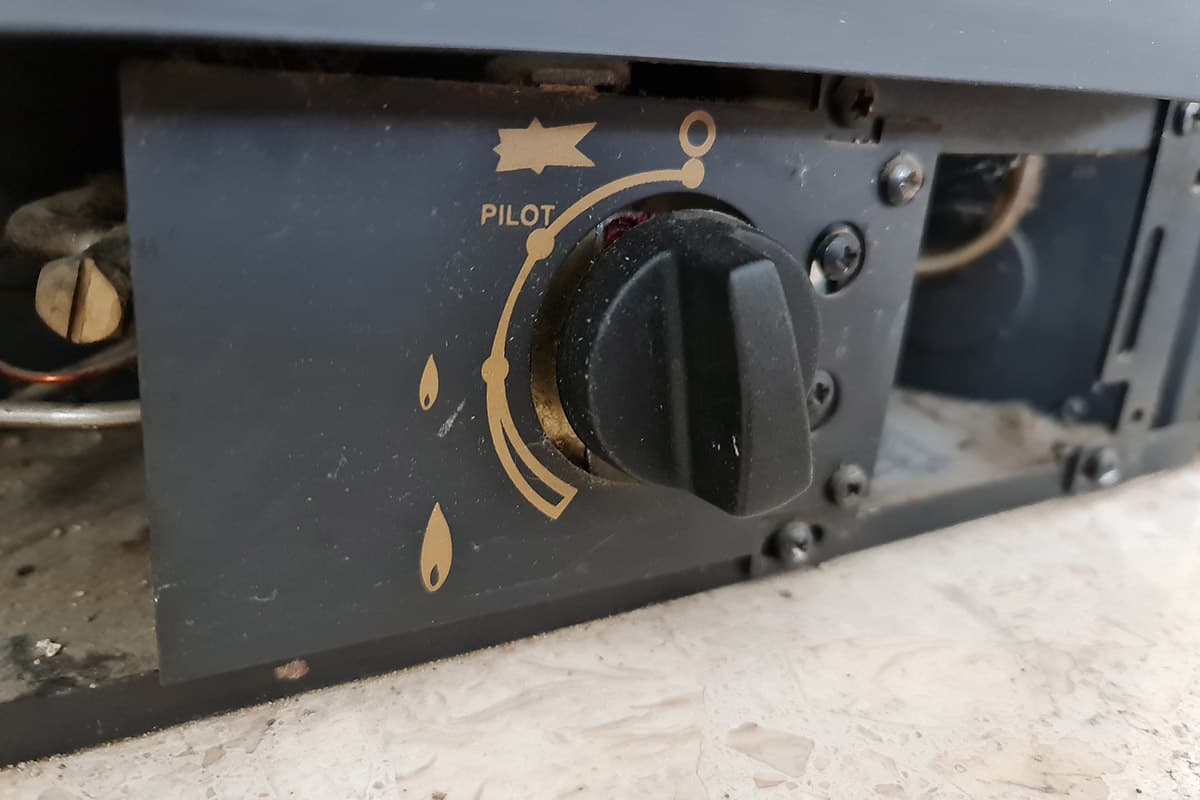

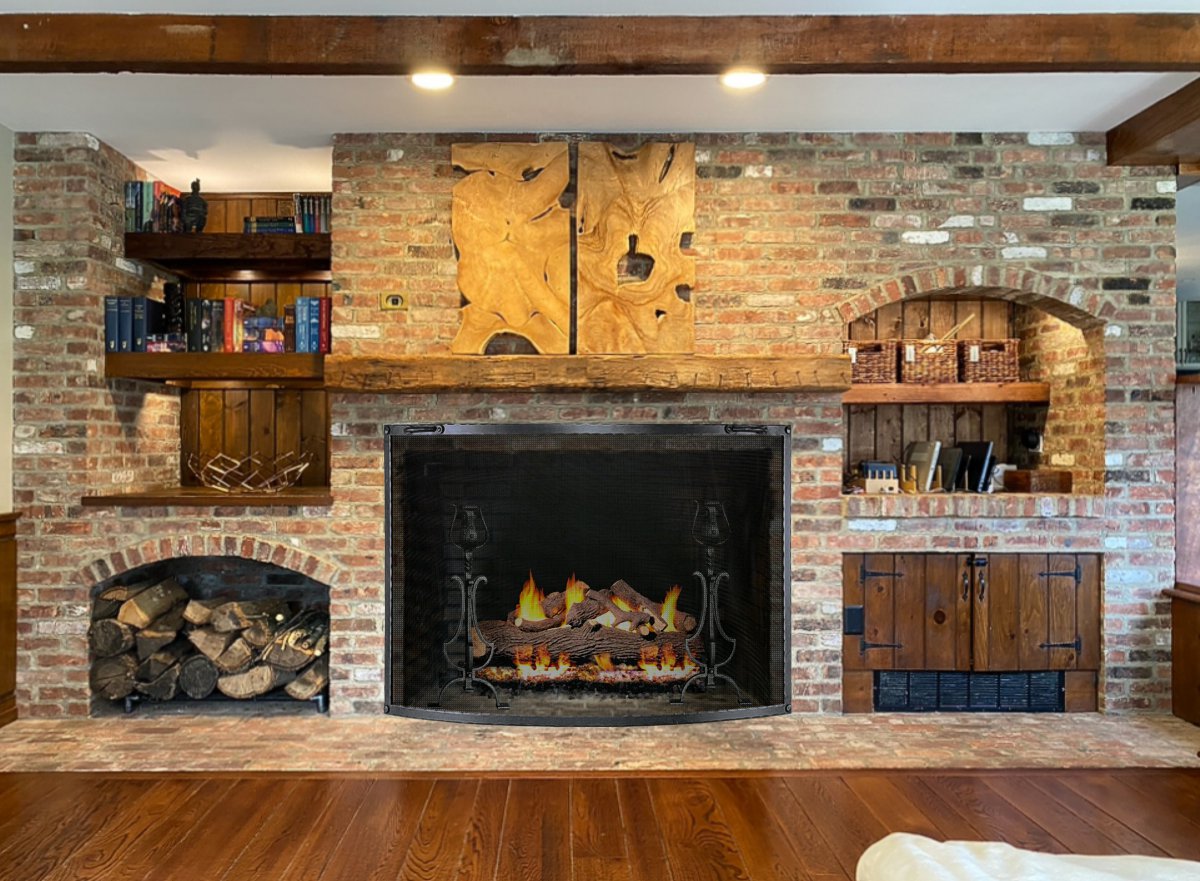
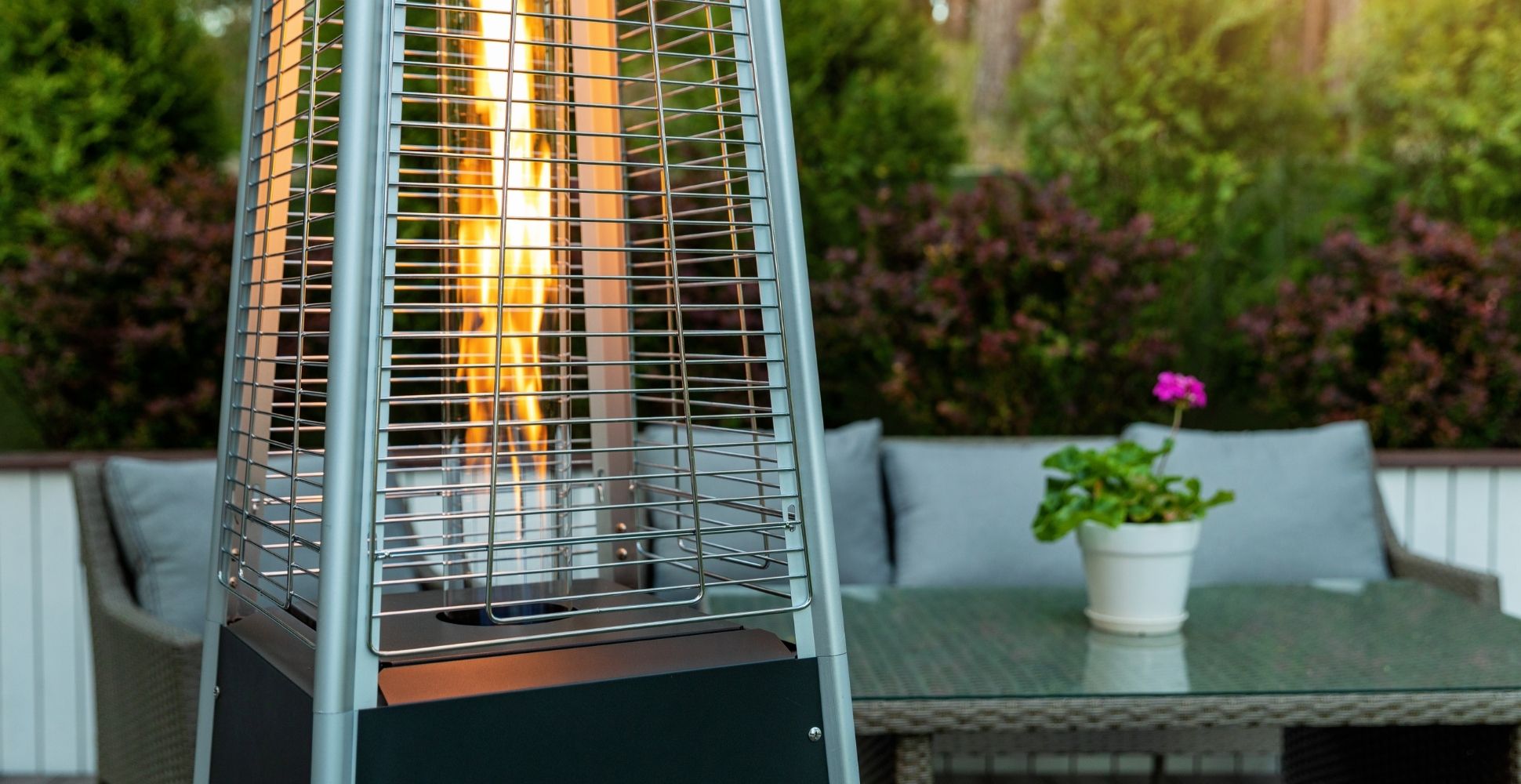
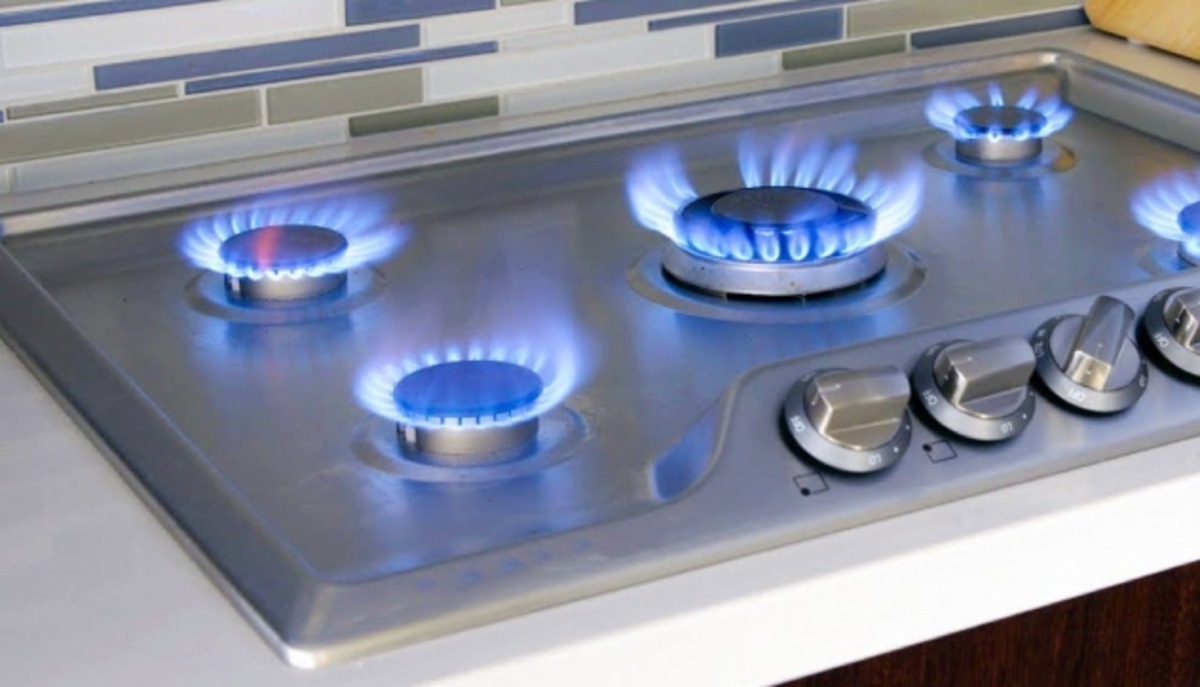
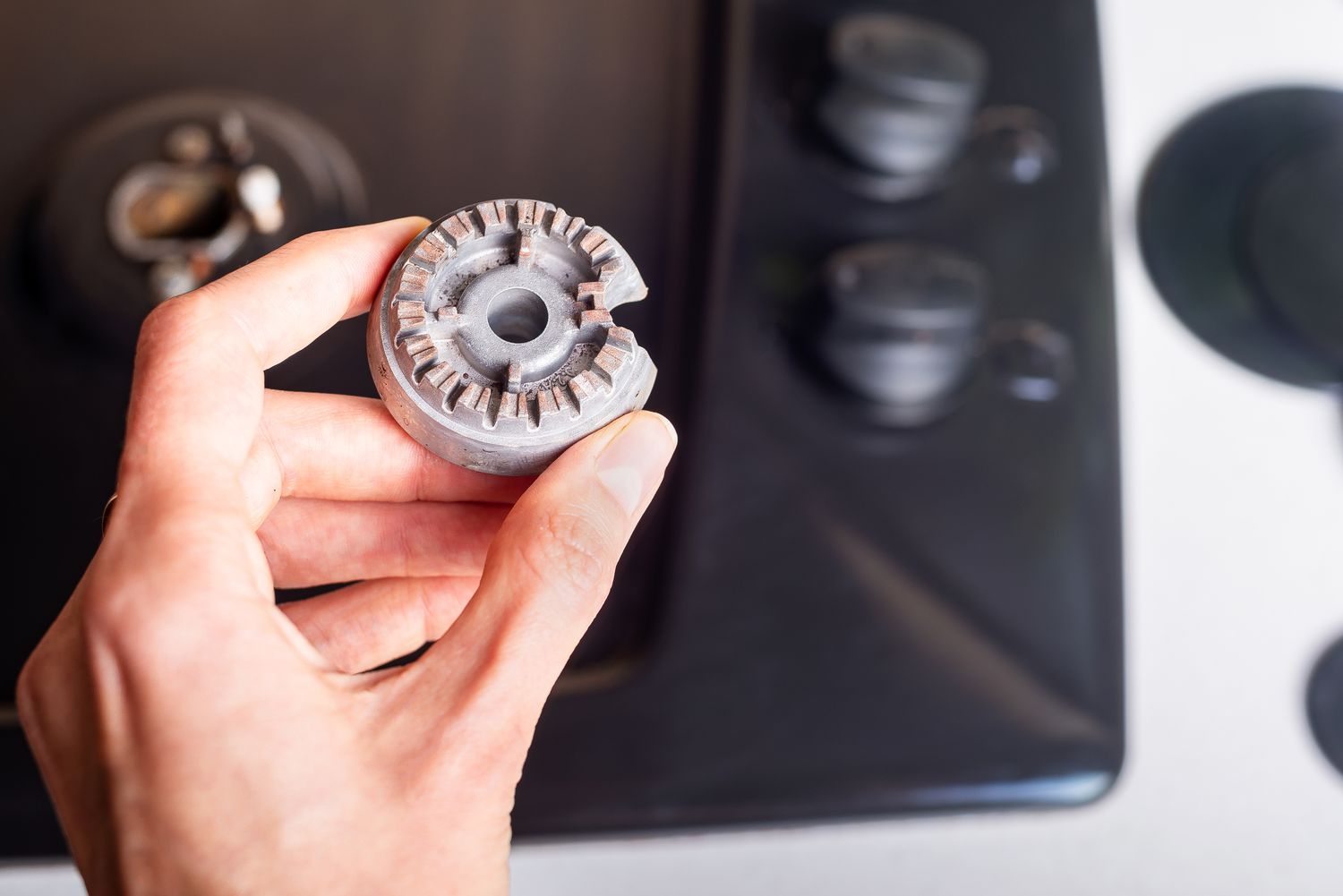
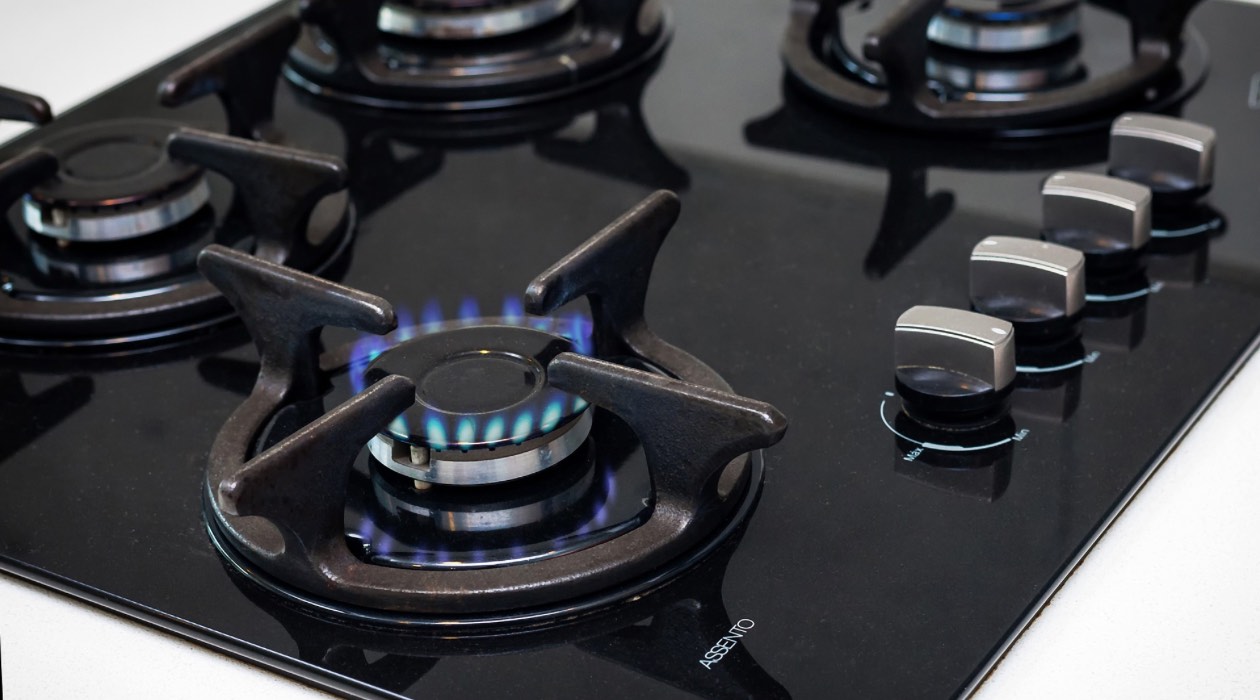

0 thoughts on “How To Turn On Gas Stove Top”